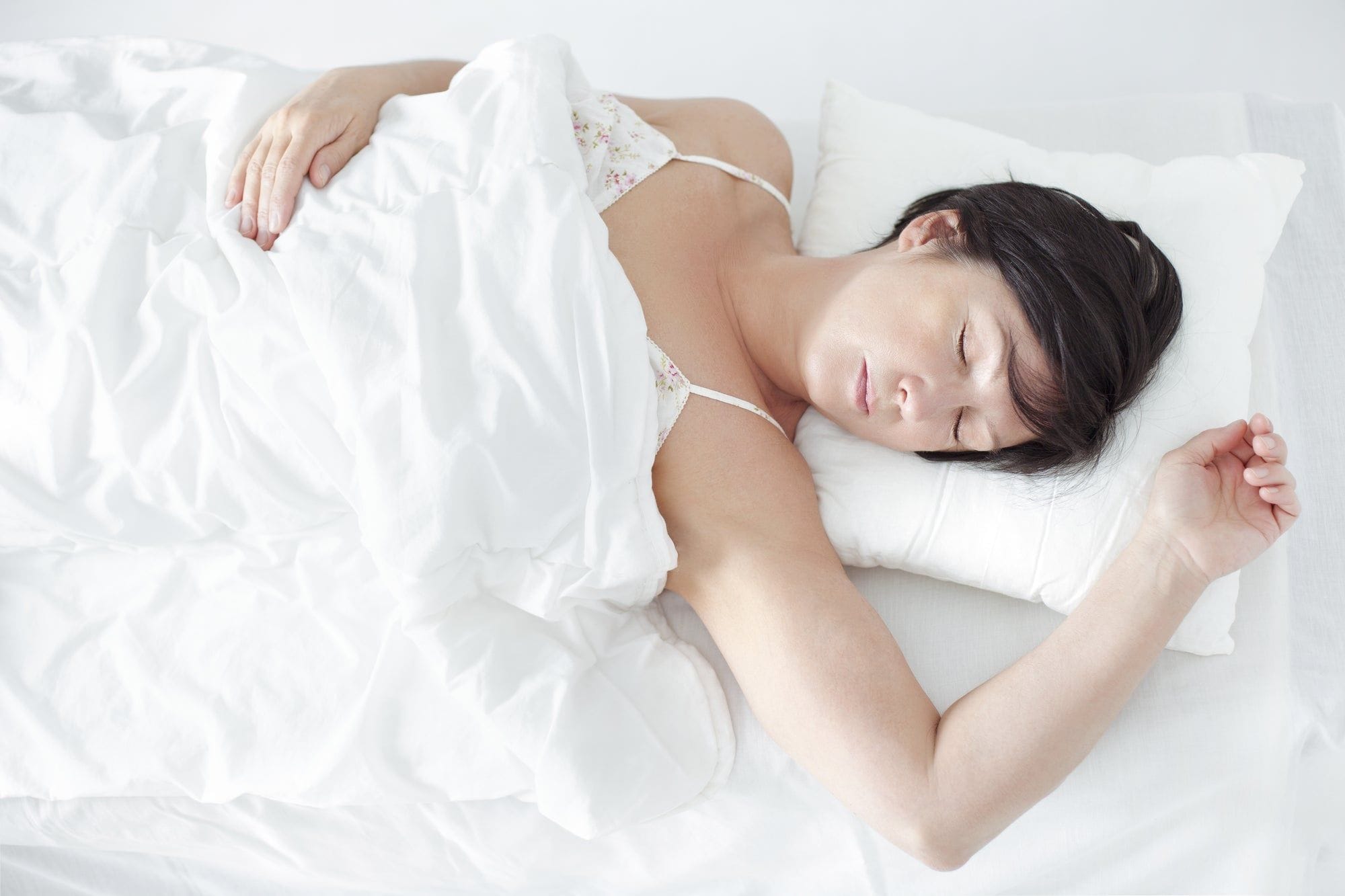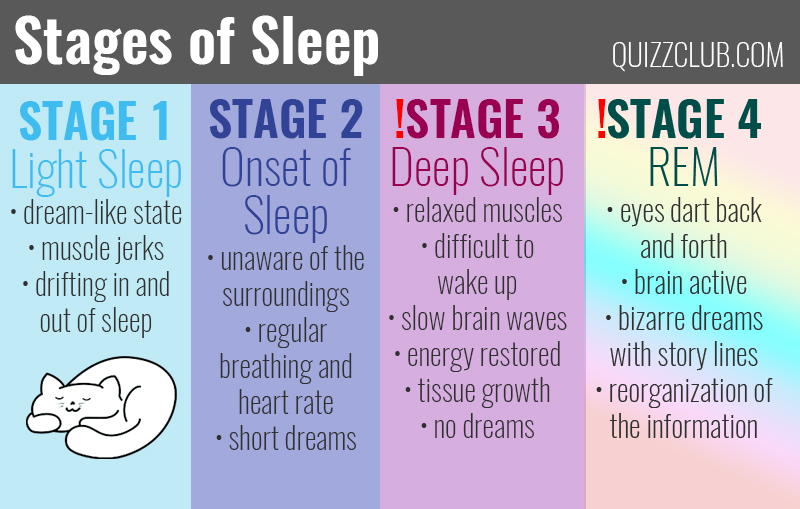

Why sleep stages matterĭifferent things happen in the different sleep stages so disruption to any of them can affect your wellbeing.

The stages get deeper until the final stage, REM sleep.

The first 3 cycles are non-REM (rapid eye movement) sleep, which scientists usually call NREM sleep. When you come closer to the surface between each one, you may or may not wake up briefly. In each sleep cycle, you go into deeper levels of sleep and then rise up at the other side, before going into your next cycle. You need to pass through 4 to 6 of these cycles in the night to get the quality of sleep that restores and repairs your body and mind. A sleep cycle is made up of 4 different stages of sleep. But what exactly is good quality sleep? And how can you get more of it? Some studies suggest the quality of your sleep might be more important for your wellbeing.

By following the simple steps sleep trackers suggest such as avoiding caffeine before bed, you can help regulate your sleep and improve your overall sleep health.Good sleep isn’t just about the number of hours you get each night. Sleep trackers allow you to pinpoint your sleeping patterns and compare this information to how much time in each sleep stage your body actually needs for a good night’s sleep. In order to get your best sleep yet, you’ll need a sleep tracking product, like the Eight Sleep Pod that analyzes your nightly sleep data and tells you exactly how much sleep you’re getting in each stage. Some people may need more deep sleep than others as every sleeper is different. Length: Deep sleep usually lasts anywhere from 1-2 hours, or 20-25% of your overall sleeping time. The Pod uses a Thermal alarm that gradually warms or cools your bed to gently wake you up feeling refreshed. It is during light sleep that you wake up the easiest. Although generally unlikely, if you do find yourself waking up during deep sleep, you’ll feel groggy and disoriented at first. Your body replaces cells, heals wounds, and builds muscle tissue, all while you’re sound asleep in bed.īrain: There are almost always no dreams during this period of sleep. Deep sleep is extremely important to overall health because it’s during this phase when the body naturally heals itself. The muscles in your body become completely relaxed, and you typically sleep through external sleep distractions such as loud noises. Your breathing slows and your heart rate is regular during this stage. Time: The body enters deep sleep anywhere from a half hour to 45 minutes after falling asleep.īody: Unlike REM, deep sleep is known for the changes in your body rather than your brain. Other names for this deep sleep stage are slow-wave sleep, delta sleep, and N3 since this is the third stage of sleep. There are three other NREM stages as well. The length of REM stages increase throughout the night, and the final stage can be up to an hour.ĭeep sleep is non-rapid eye movement (NREM) sleep. There are about three to five periods of REM stages per night. Length: There are different periods of REM sleep, the first lasting about 10 minutes. REM sleep restores your brain and is important for your learning as well as your long-term memory. Sleepwalking and bedwetting incidents occur only during REM. This is the stage where you’ll likely experience active and vivid dreams. Aside from this, the body is largely inactive during this sleep phase.īrain: REM sleep cycles are associated with intense brain activity. Time: REM sleep occurs approximately 90 minutes after you fall asleep.īody: Your heart beats faster, and your heartbeat will likely become irregular during REM. The eyes move more rapidly in all directions during REM sleep, as its name indicates. Rapid eye movement (REM) sleep is the deepest sleep stage. REM and deep sleep are stages three and four. In all, there are five different stages of sleep, all of which contribute to your body’s circadian rhythm, or natural body clock. Just as light and deep sleep are different from one another, REM and deep sleep are two completely different stages of the sleep cycle, each with defining characteristics. You’ve probably heard about light sleep and deep sleep, and many often equate deep sleep with REM sleep.


 0 kommentar(er)
0 kommentar(er)
